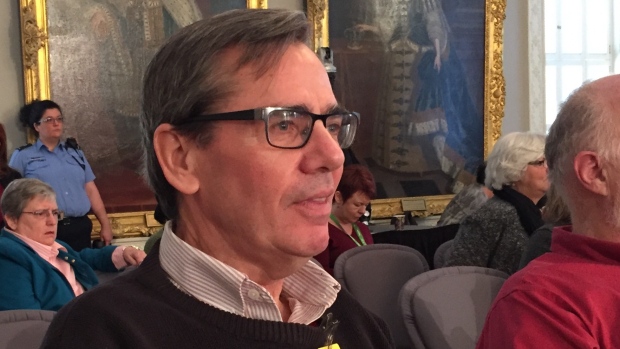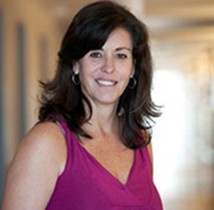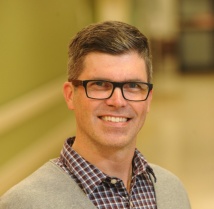A new study from Statistics Canada found that people with a disability are more likely to live in poverty and nearly a quarter of disabled people in the country are low-income earners.
The report, which came out in August 2017 but is based on data from 2014, says that approximately a fifth of all Canadians reported having some type of disability, either mental or physical. Nine per cent of non-disabled people are low income earners, but over double (23 per cent) the number of disabled people live in poverty.
The study is based on data from the 2014 Longitudinal and International Study of Adults, which collects information on Canadians’ jobs, education, health, and family.
Warren Reed, an accessibility advocate in Halifax, said he agrees that poverty is an issue for people with disabilities, but said the conclusions of the study are misleading. He said someone’s disability itself is not the cause of poverty, rather, the cause is the barriers to employment they face because of being disabled. He said an example of this might be something physical preventing someone with a disability from working there, like a step up before entering a store or office.
“I really object to having my problem associated with the concept of poverty, it’s not my fault, it’s not my disability’s fault, it’s the fault of the system and its many, many components,” he said.
Reed is also the co-founder of the James McGregor Stewart Society, a Nova Scotia based organization that encourages the participation of disabled people in society. He said the real issue is that having a disability can make it much more difficult to get an education or find a job where you can work. He said there are issues for disabled people who want to take public transportation and the government-run accessible transit system.
“If you can’t get to a place because you live in the boondocks… then you can’t get a job and you’re kind of stuck in a low income state,” Reed said.
A Nova Scotia Human Rights Commission case from June 2017 dealt with the issue of disability accommodations in the workplace. Sandra Wakeham, a Nova Scotia Department of Environment employee, developed chronic pain as a result of being in two car accidents. She alleged that accommodations for her disability were not made by her employer, which made her pain worse. As a result of not being accommodated properly, she had to take time off work on short-term disability on a number of occasions. She was eventually left unable to work and without income.
Statistics Canada found that half of disabled people living alone are low-income earners, while only eight per cent of those who are married fall into that category. It also found the more severe someone’s disability is, the more likely they are to be poor. For the purpose of the study, “low income” was defined as someone living in a household where the income is under half the median Canadian family income, around $76,000.
The Nova Scotia provincial government recently introduced new accessibility legislation. Part of the purpose stated in the law itself is to remove barriers to employment for disabled people.
Gerry Post, the Department of Justice’s executive director of accessibility, said in an interview the law will help address the trend of disabled people living poverty, but it is still “early days.”

“The issue is not that you have a disability,” he said. “It is a societal issue that people with a disability are not being accommodated by employers.”
Post said more people have to recognize issues with disability accommodations to lower the number of disabled people living in poverty.
“There’s attitude barriers, physical barriers, communication barriers, all sorts of barriers,” he said. “Once you remove those barriers you will lift those people out of poverty.”




